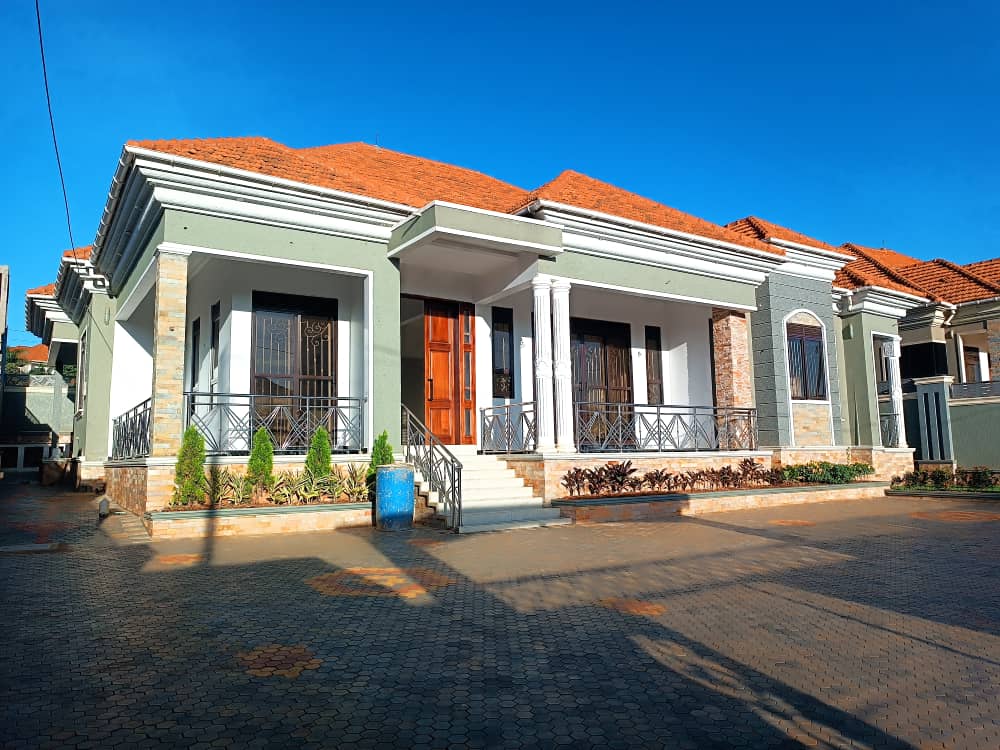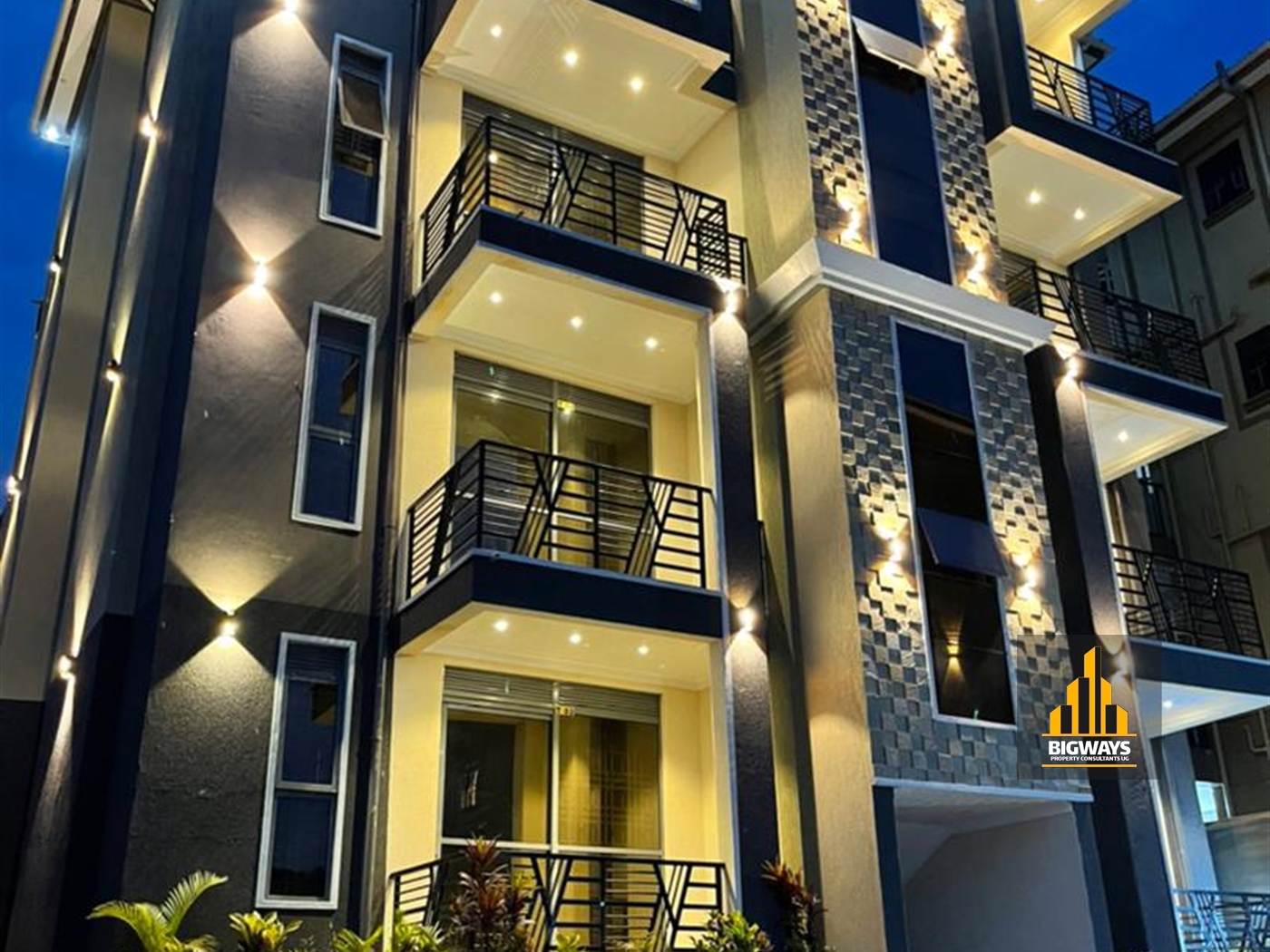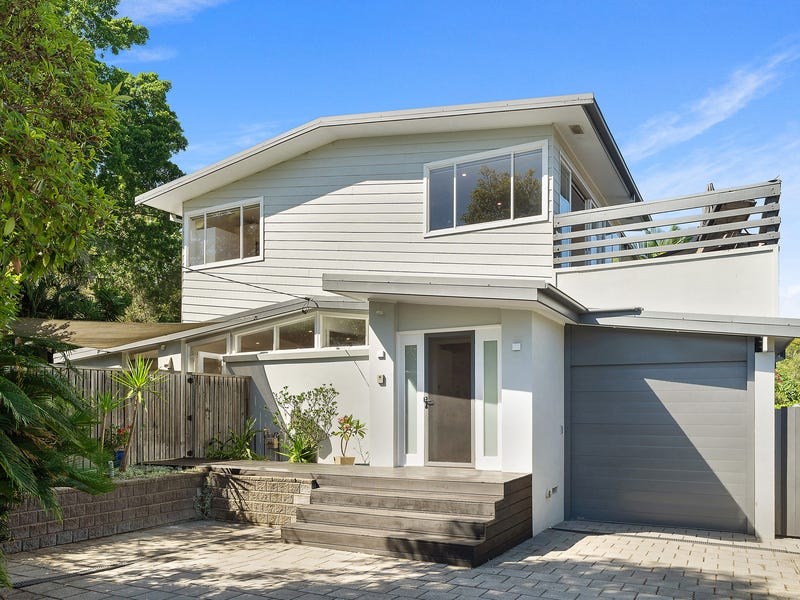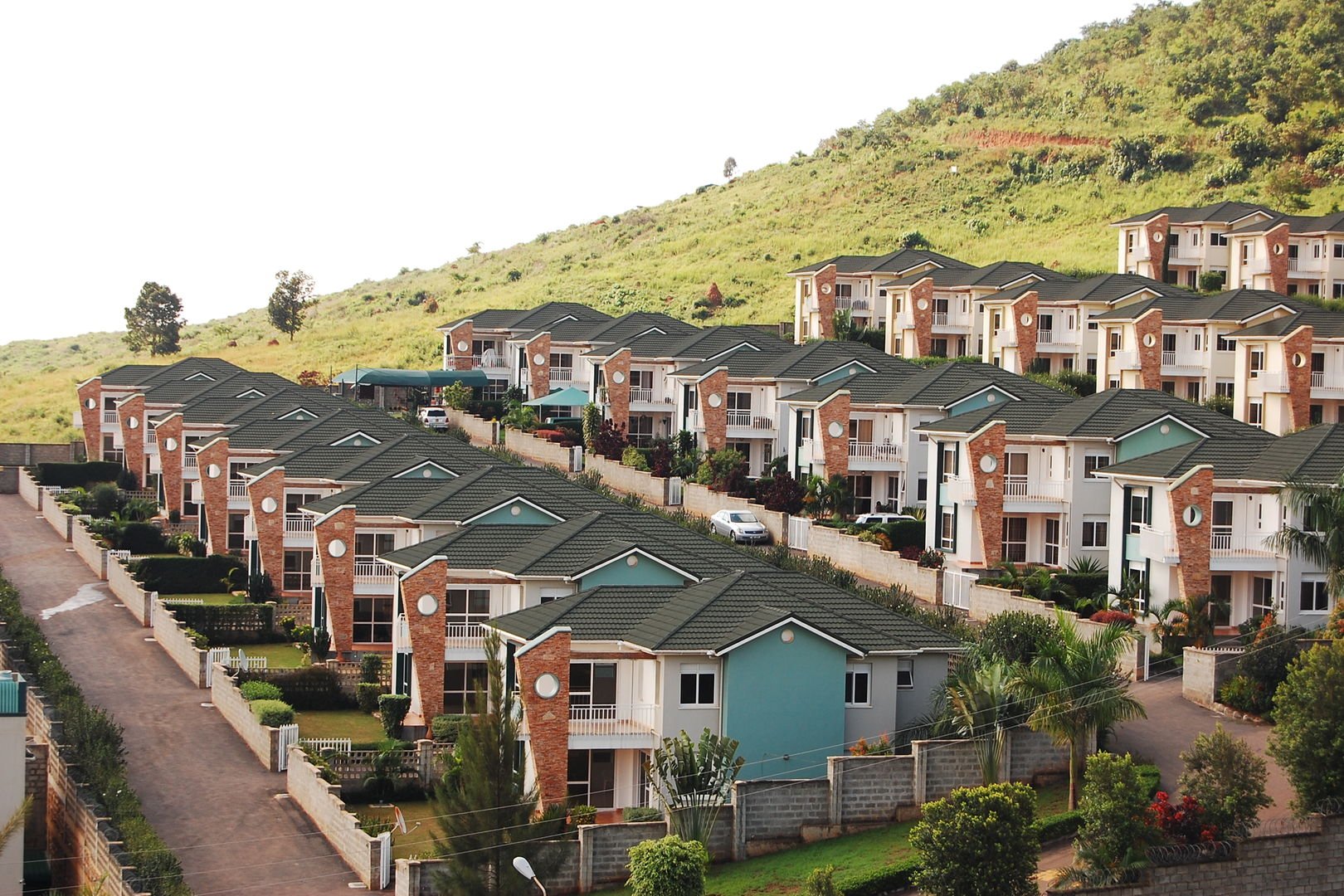Introduction
Uganda is experiencing a dramatic transformation in its urban landscape, driven by rapid population growth and unprecedented rates of urbanization. Cities such as Kampala, Wakiso, Mbarara, Arua, Masaka, and other emerging urban centers are at the forefront of this shift, witnessing surging demand for both residential and commercial properties. This demand is fueled by rural-to-urban migration, an expanding middle class, and shifting consumer preferences. As congestion and property prices in central Kampala intensify, peripheral areas are emerging as attractive alternatives for both residents and investors.
The Dynamics of Urbanization and Population Growth
Uganda’s urban population has been growing at one of the fastest rates globally, with projections indicating that it could reach 21 million by 2040—up from just 7.4 million in 2016. This explosive growth is largely attributed to rural-to-urban migration, as individuals and families seek better economic opportunities, improved infrastructure, and access to services in urban centers. Kampala, the capital, remains the most prominent urban hub, but other cities such as Wakiso, Mbarara, Arua, and Masaka are rapidly expanding, both demographically and economically.
The country’s overall population is also on a steep upward trajectory, expected to hit 103 million by 2050. This demographic surge is reshaping urban centers, creating both opportunities and challenges, including the proliferation of informal settlements, rising unemployment, and increased pressure on urban infrastructure and services.

Real Estate Trends: Rising Demand and Shifting Preferences
Central Urban Areas
The demand for residential and commercial properties in central Kampala and other major cities has been robust, particularly among expatriates, the diaspora, and an expanding middle class. However, prime residential areas in Kampala such as Kololo, Nakasero, and Naguru have recently experienced slower sales and lower occupancy rates, possibly due to market saturation, price sensitivity, and the influx of new high-end developments. Despite these challenges, niche demand remains for well-located apartments and houses, especially those catering to the needs of professionals and expatriates.
The Rise of Peripheral and Suburban Areas
As congestion and property prices in central Kampala escalate, peripheral areas like Wakiso, Mpigi, Mukono, and key suburbs such as Kyanja, Najjera, Naalya, and Lubowa are becoming highly attractive alternatives. These areas benefit from improved transportation links, better road networks, and the development of modern amenities such as shopping centers, schools, and healthcare facilities. The shift in consumer preferences is evident, with many urban dwellers now willing to accept longer commutes in exchange for more spacious, modern homes with enhanced amenities.

Key Growth Suburbs
- Kyanja: Characterized by high-rise apartments, executive bungalows, and shopping centers, Kyanja has seen a surge in rental housing, attracting young professionals and families. The area’s average residential land price per acre has reached UGX 1 billion, with yields between 8% and 13%.
- Najjera: Voted as a prominent neighborhood, Najjera appeals to those seeking suburban lifestyles and capital appreciation. Affordable housing projects have proliferated, making it a hotspot for middle-income earners.
- Naalya and Lubowa: These suburbs offer a mix of affordable and high-end housing, robust retail infrastructure, and a diverse tenant base, including expatriates and local professionals. Land prices and rental yields remain attractive for investors.
Land and Property Value Appreciation
Land prices in Kampala’s suburbs have appreciated significantly, with annual growth rates ranging from 8% to 16% in areas like Gayaza, Seeta, Kiwenda, Buwambo, and Mbalwa. This appreciation underscores the growing value of land as an asset and highlights the investment potential of peripheral areas. Experts advise that purchasing land in these emerging suburbs is likely to yield substantial returns in the medium to long term.

Socio-Economic Impacts and Policy Responses
The rapid urbanization and population growth present both opportunities and challenges for Uganda’s development. While urbanization is essential for achieving upper middle-income status, it also brings about issues such as informal settlements, unemployment, and crime. The government has responded with initiatives aimed at sustainable urbanization, investment in infrastructure, and legal reforms to manage urban growth and sprawl.
Conclusion
Urbanization and population growth are fundamentally reshaping Uganda’s cities and real estate markets. As Kampala and other urban centers become increasingly congested and expensive, peripheral areas are emerging as vibrant alternatives, offering modern amenities, affordable housing, and strong investment potential. Successfully managing this urban transition will be crucial for Uganda’s socio-economic development, requiring coordinated efforts from policymakers, investors, and the broader community to ensure that the benefits of urban growth are widely shared.

